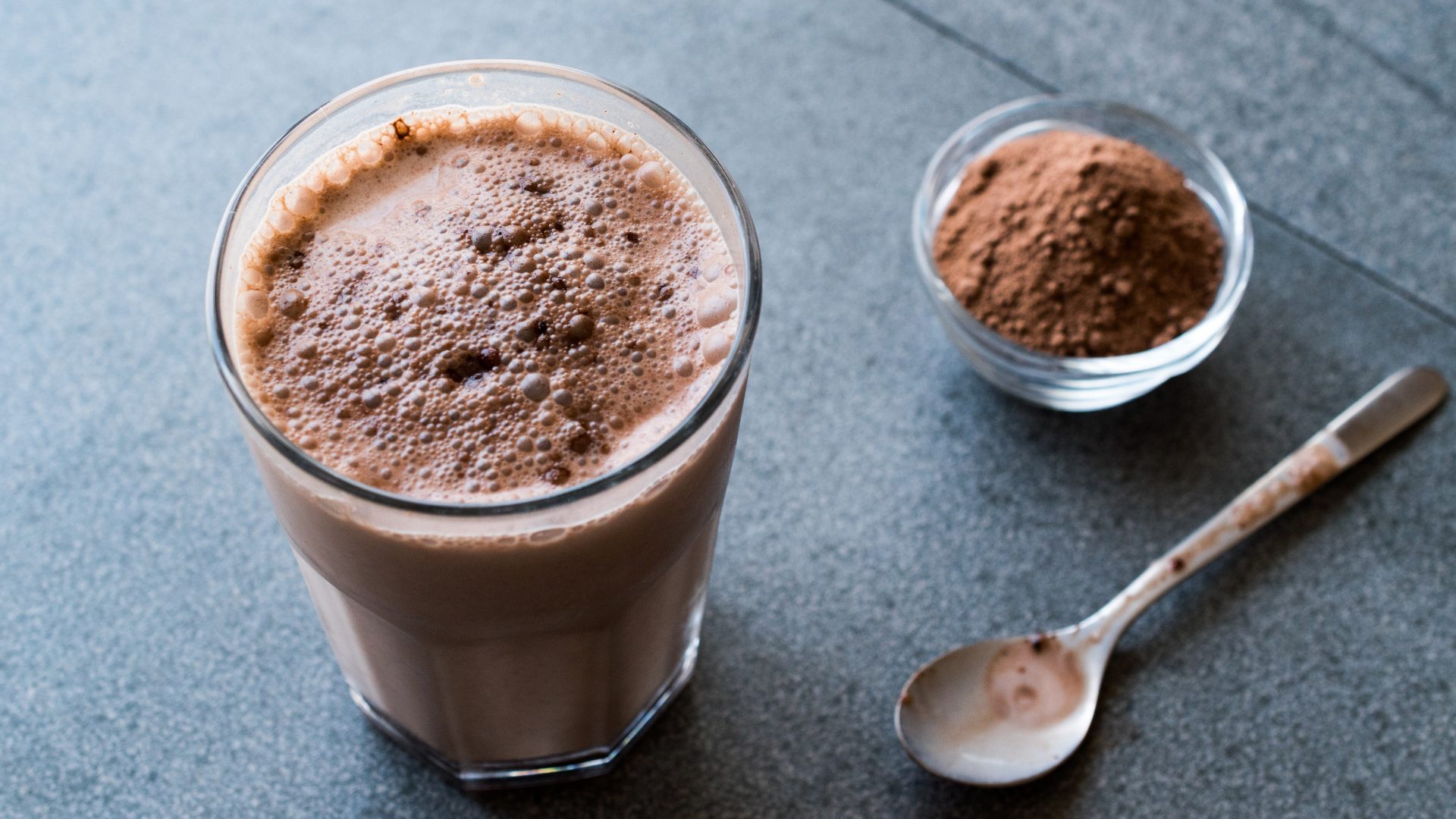COVID-weary Americans thought the summer would bring freedom from face masks, but the Delta variant – more contagious than its predecessors – has put the kibosh on that, threatening the nascent recovery in the food industry and once again fueling debate between vaccine believers and anti-vaxxers.
New York took a page from France in recent days, announcing a requirement that anyone who wants to patronize the city’s health clubs, restaurants and indoor entertainment facilities prove they’ve been vaccinated. Tyson Foods announced it’ll require COVID vaccinations for its U.S. workforce, The Wall Street Journal reported (Aug. 3), and Walmart also is requiring headquarters workers and many managers to be vaccinated by Oct. 4.
The push-and-pull between the ability to open up and fear of a new wave of infections is pressuring the food industry. Experts told The Food Institute the key to surviving the shifting guidelines and disruptions they may cause will be flexibility.
“Food manufacturers, restaurants and retailers need to adopt a dual strategy of foresight and flexibility. They should think further ahead and plan for longer lead times in ingredient and product acquisition,” said Arwen Kimmell, director of innovation marketing at JPG Resources. “At the same time, they must anticipate the unknown and incorporate as much flexibility into their plans as they can.
ASSESSING THE SITUATION
The Centers for Disease Control and Prevention updated its mask guidelines (July 27), recommending everyone mask up indoors, regardless of vaccination status, in areas of “substantial or high transmission.” The revision prompted the nation’s two largest grocers, Walmart and Kroger, to announce they’ll follow the CDC recommendations.
That has caused plenty of uncertainty in the food industry.
“We have seen a lot of retailers/restaurants struggle with the constantly changing environment,” Stefan Kouumdjiev, founder of Breeze, a restaurant QR code menu platform, told The Food Institute. “… Lots of restaurants overhauled their operations to prioritize delivery one year ago. But when things reopened, they had to undo a lot of those changes, which felt wasteful and frustrating.
“A few of the places we work with approached things differently. They made major operational changes but didn’t corner themselves into a single operational model.”
Johns Hopkins currently pegs U.S. coronavirus deaths at more than 614,000 among more than 35.2 million cases. The White House announced (Aug. 2) 70% of U.S. adults had received at least one dose of the coronavirus vaccine, and discussions were underway to determine whether booster shots would be necessary, especially for those older than 65.
WHAT IT MIGHT MEAN FOR THE FUTURE
Amid all the COVID-related uncertainty, Dickson Chu, CEO at Copper, predicted the days of the server may be numbered – not necessarily a bad thing given labor shortages among restaurant workers.
“We’re seeing a surge of new interest in contactless payment systems for restaurants to help close the loop of the contactless menu system restaurants have implemented during the pandemic. That means that servers won’t have to deliver checks – freeing up more time for a lean staff, and a quicker table turn for limited seating,” Chu said.
Annica Conrad, chief marketing officer at QSR, predicted mask mandates will have a negative impact on dine-in trade.
“It will be imperative that restaurant operators continue to lead guests to online ordering, and particularly emphasize curbside pick-up and contactless delivery options where available,” Conrad said.











